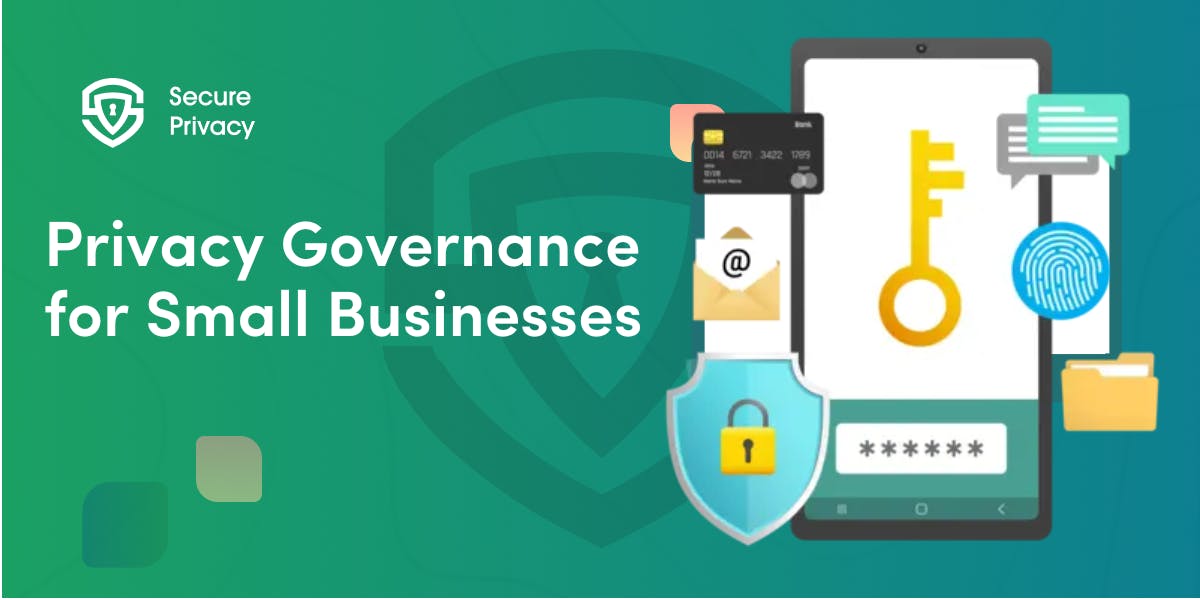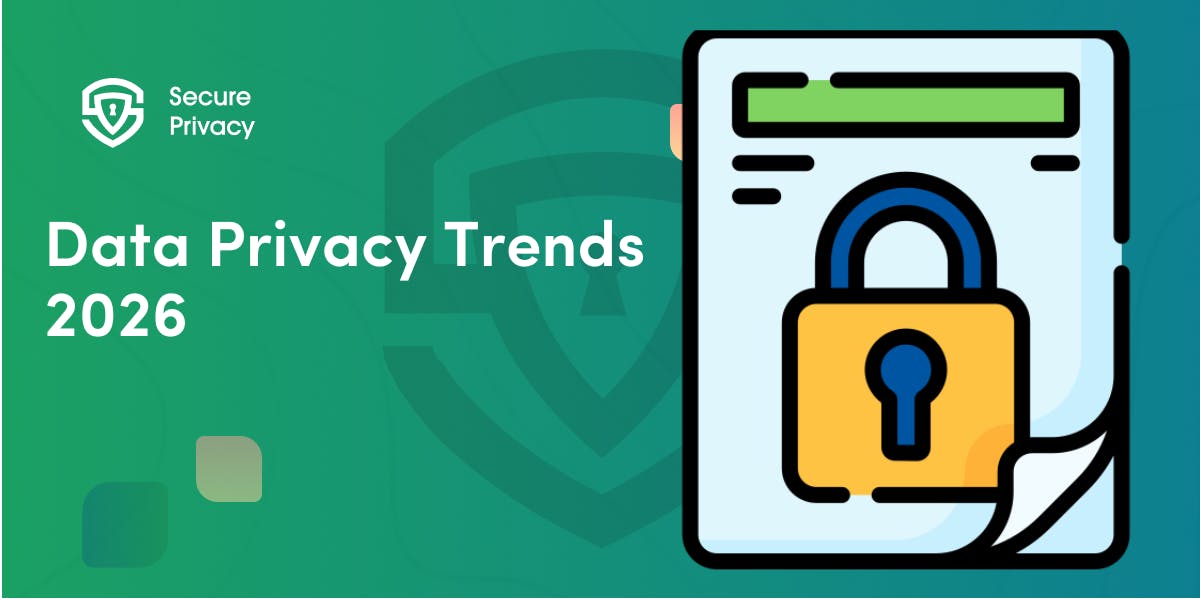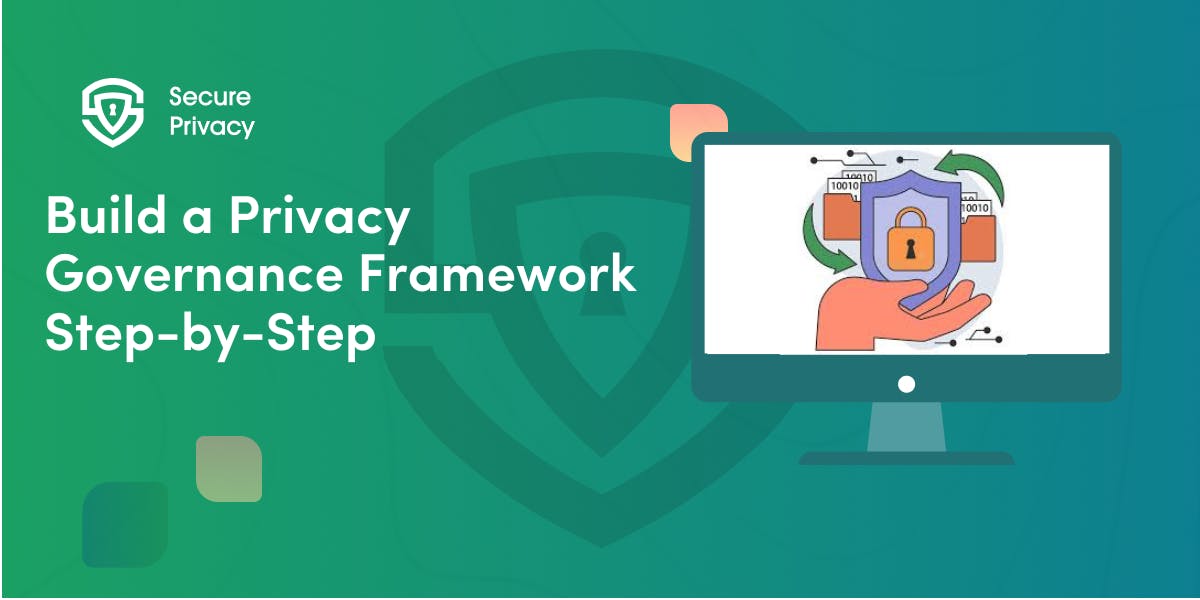GDPR Cookie Consent Requirements for 2025: What's Changed
Your cookie banner might have worked last year, but GDPR cookie consent requirements and EU cookie consent rules are tighter than ever in 2025.
If you haven’t updated your cookie consent mechanisms recently, your setup might now be non-compliant, putting you at risk of hefty fines or damaging user trust. These regulations are designed to protect user privacy more strictly and give users greater control over how their data is collected and used.
European regulators have shifted from warnings to serious penalties for cookie consent violations. Sweden’s Data Protection Authority recently targeted companies for manipulative cookie banners, making clear that 2025 marks a new era in cookie compliance enforcement. The focus is no longer just on having a cookie banner visible, but on ensuring that consent is freely given, specific, informed, and unambiguous.
The rules themselves haven't changed fundamentally, but the enforcement approach has evolved considerably. Understanding these enforcement priorities around the ePrivacy Directive 2025 and GDPR prior consent is key to avoiding compliance pitfalls and protecting your business reputation. Implement GDPR requirements as part of your comprehensive multi-region strategy.
Why Cookie Consent Rules Are Tightening in 2025
Growing Enforcement by EU Regulators
Regulators across Europe are more confident and willing than ever to issue fines for violations of GDPR cookie consent requirements. Fines under GDPR can reach €20 million or 4% of global turnover, with enforcement no longer reserved for just tech giants. Even smaller companies now face the risk of penalties if they don’t comply with the EU cookie consent rules.
Sweden’s Data Protection Authority’s actions against ATG and Warner Music Sweden illustrate that all industries face scrutiny over their cookie consent banner GDPR implementations. The focus is on real user experiences — designs that manipulate or confuse users are penalized, reflecting a shift from checking just legal language to assessing the actual interaction users have with consent notices.
Authorities now emphasize practical compliance over theoretical interpretations, targeting consent systems that set cookies without clear, valid consent. They also increasingly assess whether cookie banners meet the high standards of transparency and user autonomy demanded by law.
ePrivacy Directive Enforcement Intensifies
The European Commission’s formal withdrawal of the long-awaited ePrivacy Regulation in February 2025 means the existing ePrivacy Directive remains the legal backbone for cookie consent rules. This clarity removes uncertainty and empowers regulators to enforce current requirements aggressively and uniformly across member states.
The interplay between GDPR and the ePrivacy Directive creates a comprehensive framework, applying simultaneous enforcement to ensure full cookie compliance in 2025. This dual framework means businesses must meet the consent, transparency, and data minimization standards under GDPR as well as the specific cookie-related provisions of the ePrivacy Directive.
Prior Consent Takes Center Stage
A top priority this year is enforcing GDPR prior consent, meaning websites must block non-essential cookies until explicit user permission is obtained. Simply displaying a consent banner while setting cookies violates compliance.
This means that technical solutions must be capable of blocking scripts that set marketing, analytics, or tracking cookies until users opt-in. Many businesses now rely on Google Consent Mode v2 to meet GDPR requirements while retaining analytics insight.
Regulators are digging into the technical side, examining cookie behavior and script loading, not just what users see. Any site setting analytics or marketing cookies before consent faces immediate action. This also extends to third-party scripts and pixel tracking, requiring businesses to audit all code running on their websites carefully.
This approach weaves GDPR and Privacy by Design principles further together.
GDPR Cookie Consent Requirements: 2025 Compliance Checklist
- ✅ Consent Must Be Opt-In, Not Pre-Checked
Users must actively opt-in to cookie usage. Pre-checked boxes, implied consent through continued browsing, or automatic acceptance after delays are explicitly forbidden. This respects user autonomy and ensures that consent is a deliberate action. - ✅ Clear, Granular Categories Required
Consent must distinguish between necessary, functional, analytics, and marketing cookies on a regulation by regulation basis. Users should be able to accept some categories while rejecting others, empowering personalized privacy control. - ✅ Prior Consent Implementation Mandatory
Blocking all non-essential cookies before consent is essential. Cookie scripts should not load until consent is granted, requiring advanced consent management tools capable of script control.
[Check out our Secure Privacy vs. Usercentrics and our Secure Privacy vs. Onetrust 2025 comparison guides. See how we compare to different consent management tools.] - ✅ Easy Withdrawal and Preference Management
Users must be able to withdraw consent easily and change preferences anytime via accessible settings. Transparency includes ongoing control, not just at first visit. - ✅ Legitimate Interest Cannot Replace Consent
Non-essential cookies require explicit consent; legitimate interest cannot justify marketing under GDPR or analytics cookie use. This distinction is critical as legitimate interest only covers essential data processing in narrowly defined circumstances. - ✅ Consent Documentation and Audit Trails
Keep detailed records of consent actions for at least five years to meet audit requirements. These records protect businesses in case of disputes or regulatory reviews.
What’s New or Emphasized in 2025
Dark Patterns Mean Immediate Fines
Manipulative cookie banner designs, or “dark patterns,” are under heavy scrutiny. Regulators fine sites that:
- Make “Accept All” buttons more prominent than “Reject”
- Hide rejection behind multiple clicks
- Use fear-based language to pressure users
- Employ confusing interface layouts
Button color, size, and position are closely inspected to ensure equal prominence for acceptance and rejection options. Such design details are no longer minor technicalities but central to compliance.
Geo-Targeting Becomes Essential
Accurate IP geolocation is critical. Sites must display GDPR-compliant consent to EU visitors while tailoring consent choices for other regions appropriately. For example, the same user visiting from a non-EU country may see a different consent mechanism.
Consent systems must handle complex cross-border scenarios and apply the highest standards when location is unclear, ensuring no accidental non-compliance due to geographical ambiguity.
Cross-Device Tracking Under Increased Scrutiny
Consent for one device doesn’t cover others. Cross-device advertising, lookalike audiences, and advanced targeting need clear disclosure and explicit consent. This extends user control across multiple platforms and devices, reflecting modern browsing habits and applying Privacy by Design principles through GDPR.
What’s Still Not Allowed
- Cookie Walls Without Alternatives
Users cannot be forced to accept cookies to access basic site functions, maintaining freedom of access without unnecessary data collection. - Implied Consent Mechanisms
Browsing continuation or time-based acceptance is invalid for consent, reinforcing active opt-in standards. - Bundled Consent Requirements
Cookie consent must be separate from other legal agreements or service terms to ensure clarity and avoid coercion.
What Happens If You Don’t Comply?
Sweden’s enforcement actions illustrate regulators’ commitment. Fines can be massive, and reputational damage from privacy violations often exceeds financial penalties. Negative press, loss of consumer trust, and increased scrutiny can harm business long-term viability.
Data Protection Authorities coordinate enforcement and proactively scan websites, raising discovery risk for non-compliant businesses. Many authorities now use automated tools to detect cookie violations, increasing detection speed and reach.
How to Make Your Cookie Consent Compliant
Technical Implementation Requirements
Use consent management platforms to block non-essential cookies until consent is granted. Implement script blockers and maintain audit trails. Test across browsers and devices to ensure full coverage.
Regularly update your cookie scanning tools to detect new cookies or tracking scripts as websites evolve.
User Experience Best Practices
Use clear, simple language to explain cookie purposes. Optimize consent banners for mobile devices, where screen space is limited. Ensure performance doesn’t suffer, preserving a smooth user experience.
Provide easy access to settings so users can manage consent anytime without navigating complex menus.
Ongoing Compliance Maintenance
Conduct quarterly cookie audits and monitor evolving regulations. Stay updated on enforcement trends and adjust consent systems accordingly. Engage privacy professionals for periodic reviews and risk assessments.
Educate teams on privacy best practices to keep compliance integrated with daily operations.
How Secure Privacy Ensures GDPR Compliance
Secure Privacy offers:
- Pre-Built GDPR Templates that automatically adjust for user location and block cookies until consent. These templates reflect current enforcement guidance and evolving best practices.
- Intelligent Automation to stay current with changing laws and enforcement guidance, reducing manual compliance burdens.
- Customizable Designs to align with brand identity without risking compliance, helping maintain a consistent user experience.
- Advanced Features like automatic cookie scanning, geo-targeting, and enterprise audit trails, supporting complex compliance needs.
- Ongoing Support from privacy experts and regulatory monitoring to keep your systems updated and aligned with the latest requirements.
Free tier options are available for small businesses starting compliance journeys, providing affordable access to robust compliance tools.
Stay Ahead of Cookie Compliance Shifts
2025 demands practical compliance over theory. Regulators penalize manipulative consent and require solid technical implementations of GDPR prior consent. Adopting a proactive approach is no longer optional but essential.
With ePrivacy Regulation withdrawn, current rules are here to stay. Implementing transparent, user-centric cookie consent builds trust and competitive advantage.
Organizations that act now position themselves well for future regulatory shifts and meet growing consumer expectations for GDPR compliant cookie notice practices. Remember, compliance is an ongoing journey, not a one-time fix.
Frequently Asked Questions
Q: What's the biggest change in GDPR cookie consent enforcement for 2025?
A: The biggest change is intensified enforcement of "prior consent" requirements and crackdowns on dark patterns in cookie banners. Regulators are now actively penalizing websites that set cookies before obtaining explicit consent or that use manipulative design to pressure users into accepting tracking.
Q: Can I still use legitimate interest as a legal basis for analytics cookies?
A: No, current enforcement makes clear that legitimate interest cannot justify non-essential cookies like analytics or marketing tracking. These require explicit user consent under both GDPR and ePrivacy Directive requirements. Legitimate interest applies to specific data processing contexts but not cookie deployment.
Q: Do I need different cookie banners for EU vs non-EU users?
A: Yes, geo-targeting has become essential for compliance. EU users must see GDPR-compliant granular consent options, while users from other regions may receive different privacy choices appropriate to their jurisdiction. GDPR-compliant cookie banners must also align with your CCPA privacy policy if you serve U.S. residents. However, ensure accurate location detection and consider using the highest standard when uncertain.
Q: What happens if my website sets cookies before users consent?
A: Setting non-essential cookies before obtaining explicit consent violates prior consent requirements and can result in immediate enforcement action. This includes analytics, marketing, and preference cookies—only strictly necessary cookies for basic website functionality can load before consent.
Q: How long do I need to keep records of user consent?
A: GDPR requires maintaining consent records for at least 5 years as legal documentation. These records must include when consent was obtained, what information was provided, what users consented to, and any changes to preferences over time.
Q: Are cookie walls still allowed under GDPR?
A: Cookie walls that completely block website access unless users accept all cookies are prohibited. Users must be able to access basic website functionality even when rejecting non-essential cookies, though some personalization features may be limited without consent.
Q: What makes a cookie banner "dark pattern" under current enforcement?
A: Dark patterns include making "Accept All" buttons more prominent than rejection options, hiding rejection choices behind multiple clicks, using misleading language that pressures acceptance, or employing confusing interface designs that make rejection difficult. Equal prominence for all options is required.
Q: Do I need a Consent Management Platform for GDPR compliance?
A: While not legally required, CMPs provide the technical infrastructure needed for proper implementation including cookie blocking, preference management, audit trails, and regulatory updates. Most businesses find CMPs essential for achieving comprehensive compliance without extensive technical development.
Q: How do I handle cookie consent for mobile apps under GDPR?
A: Mobile apps must follow the same GDPR principles as websites, requiring explicit consent for non-essential tracking. This includes analytics, advertising, and personalization cookies or SDKs. App store privacy requirements add additional considerations for mobile implementations.
Q: What should I do if I receive a complaint about my cookie consent?
A: Document the complaint thoroughly, review your current implementation against GDPR requirements, consider engaging privacy counsel for complex issues, and implement necessary corrections quickly. Maintain records of how you addressed the complaint and any changes made to demonstrate good faith compliance efforts.
Get Started For Free with the
#1 Cookie Consent Platform.
No credit card required

Privacy Governance for Small Businesses: Step-by-Step Guide
You're a 20-person company. A customer asks for their data. Your marketing team just added a new tracking pixel. Your CRM vendor updated their terms. And you just realized you might need to comply with GDPR, CCPA, or both.
- Legal & News
- Data Protection

Data Privacy Trends 2026: What Every Business Needs to Know
You're planning next year's compliance roadmap, but the rules keep changing. New regulations emerge monthly. Enforcement penalties double overnight. And now, AI governance lands on your desk alongside data privacy obligations.
- Legal & News
- Data Protection

How to Build a Privacy Governance Framework: Step-by-Step Guide
Privacy governance isn't about checking regulatory boxes — it's about building systematic capability to manage personal data responsibly across your entire organization. Whether you're facing GDPR obligations, preparing for CCPA enforcement, or establishing foundational privacy practices, a structured framework transforms compliance from reactive firefighting into proactive risk management.
- Legal & News
- Data Protection

